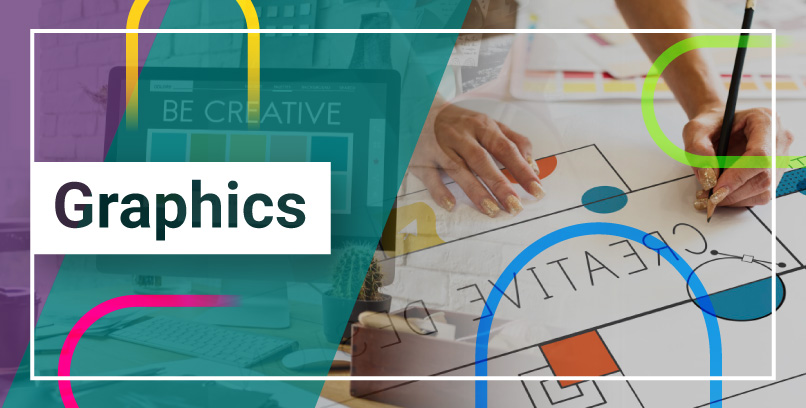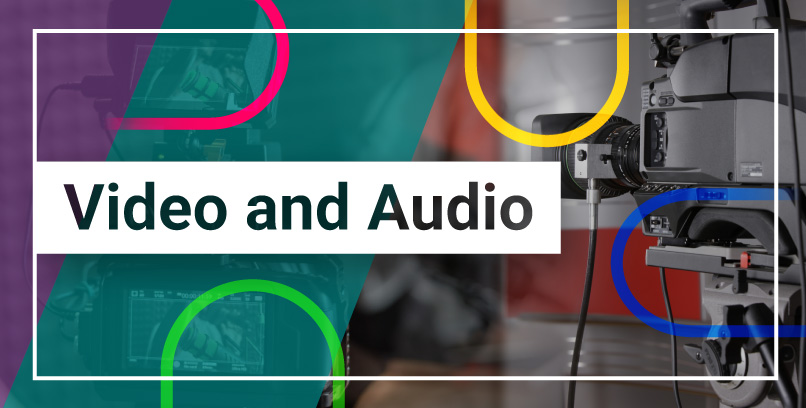
Multi Media Designer For Education
The use of multimedia, video, and graphics has become an integral part of the modern higher education system. Multimedia, including audio, video, and images, can assist students in understanding complex concepts, providing interactive lessons, stimulating student engagement, and increasing retention. In addition, multimedia can be used to enhance the quality of courses, foster collaboration amongst students and faculty, and reduce student distraction.
Our creative studios specialize in a variety of fields, utilizing our design staff to produce content suitable for education. Our experts provide insights into the best practices and principles of media for the most beneficial and impactful outcomes.
CTL's Multi Media Designer
We have 2 dedicated studios to assist with all T&L graphic and media needs
Graphic Design Studio
Video & Audio Studio

We focus on the graphic enhancement of T&L materials:
- Infographics
- Diagrams
- Illustrations
- Flowcharts
- PowerPoint templates
- Academic posters

We focus on high-end video and audio productions for T&L:
- Multi-camera recordings
- Lecture captures
- Training videos
- Scenario-based videos
- Voice-overs
- Studio productions
Why Multimedia should be used for education
Increased Engagement
Multimedia content can engage learners more than traditional learning formats, as it presents more dynamic and interactive experiences.
Increased Retention
Using multimedia content can help students retain information better through visual and audio components, as well as providing opportunities for reinforcement and repetition.
Develop Critical Thinking Skills
Multimedia content can provide real-world role-playing scenarios that help students understand context and apply critical thinking skills.
Flexibility
Multimedia content provides a versatile, instant way of disseminating information, even beyond traditional class settings
Improved Accessibility
Multimedia content can be precisely tailored to what a student or teacher needs, making the material accessible to a much wider range of audiences.
Promote Collaboration
Multimedia content can help to facilitate collaboration between students and even instructors, as it enables discussions and the sharing of ideas.
Increased Motivation
Multimedia content can motivate students to stay interested and engaged, which leads to improved learning outcomes.
Increased Understanding
Multimedia resources can support the learners in understanding complex concepts by making them more accessible and easier to comprehend.


.png)